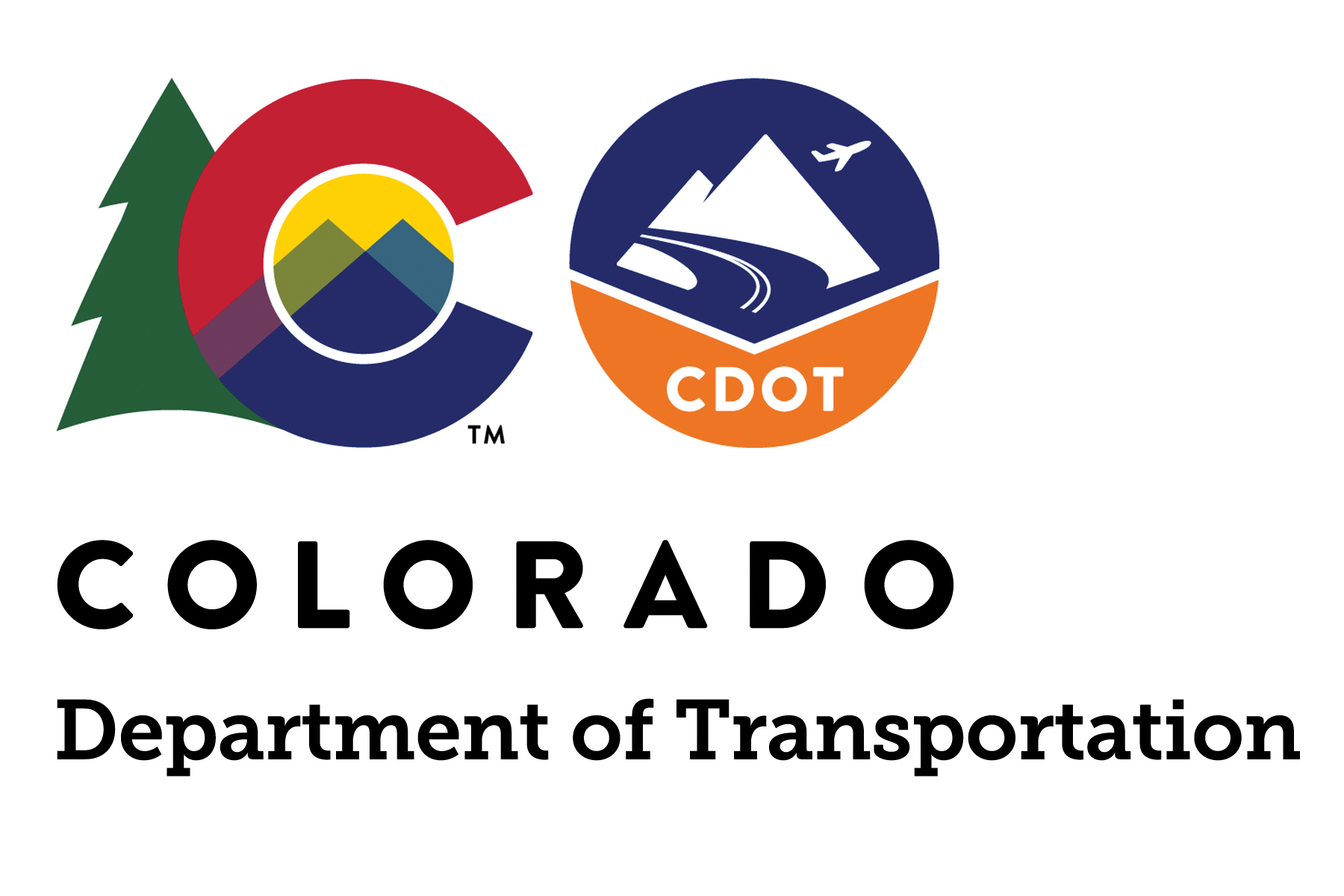Most Coloradans engage in distracted driving
Results from a new statewide driver survey by the Colorado Department of Transportation (CDOT) found that nearly all Colorado drivers engage in distracted driving and 17% admitted to not buckling up when driving short distances. Just 6% of respondents say they never exceed a posted speed limit of 65 mph. These are just a sampling of problematic driving behaviors CDOT learned from 897 Coloradans in a survey administered between February and June 2020.
“Over 9 in 10 Coloradans admitted they drove distracted in the last week. Being present behind the wheel can be especially hard with all of the pressures people are under right now with the challenges we face with the COVID-19 pandemic, but it’s more important than ever,” said Shoshana Lew, CDOT’s Executive Director. “Unfortunately, distracted and impaired driving are contributing to a tragic pattern of increased roadway fatality rates in the past months. Just as we must protect public health by fighting the virus with measures like social distancing and wearing masks, we must protect ourselves and our neighbors by driving carefully and safely. It could save your life.”
The survey assessed Colorado residents’ attitudes and behaviors related to seat belt use, speeding, distracted driving and alcohol, marijuana and prescription medication use. Some of key findings include:
Distracted Driving
In the seven days prior to the survey, 92% of respondents reported driving distracted. Of things people did most often, eating food and drinking beverages tops the list (32%) of distraction behaviors. Selecting entertainment on a handheld device (21%) and talking on a hands-free cell phone (18%) were the second and third most common distractions.
Impaired Driving
While 69% of respondents strongly disagreed that they could drive safely under the influence of alcohol, fewer people strongly disagreed that they could drive safely under the influence of cannabis (57%) or prescription medications excluding cannabis (50%).
Seat Belts
The top three ways to compel people to wear their seat belt more often were audible reminders from the vehicle (28%), believing seat belts increased personal safety (21%), and the possibility of getting ticketed (21%).
Respondents were more likely to wear seat belts when driving farther or faster. A majority reported wearing a seat belt all the time while driving on a highway (91%) or driving more than two miles (89%). Fewer people reported buckling up on short trips with just 83% saying they wore a seat belt when driving less than two miles.
Speeding
The higher the speed limit, the more people tended to speed. 20% of respondents said they never drive over the posted speed limit of 25-30 mph, whereas only 6% said the same for roads with a 65-mph speed limit.
In 2018, there were 632 traffic fatalities in Colorado. Nearly 25% of all fatalities involved an alcohol impaired driver. Additionally, the 216 unrestrained fatalities in 2018 represent 54% of the 410 total passenger vehicle fatalities. Distracted driving was the contributing factor in 54 (8.5%) of the 2018 fatalities.
The full 2020 survey results are available on CDOT’s website at: https://www.codot.gov/safety/safetydata/driver-surveys
Looking to the holiday travel season and into the new year, CDOT will use these annual survey results to shape its traffic safety education campaigns, aiming to reduce dangerous driving behavior to keep the traveling public safe on Colorado roads.
SLOW FOR THE CONE ZONE
- The following tips are to help you stay safe while traveling through maintenance and construction work zones.
- Do not speed in work zones. Obey the posted speed limits.
- Stay Alert! Expect the unexpected.
- Watch for workers. Drive with caution.
- Don’t change lanes unnecessarily.
- Avoid using mobile devices such as phones while driving in work zones.
- Turn on headlights so that workers and other drivers can see you.
- Be especially alert at night while driving in work zones.
- Expect delays, especially during peak travel times.
- Allow ample space between you and the car in front of you.
- Anticipate lane shifts and merge when directed to do so.
- Be patient!

